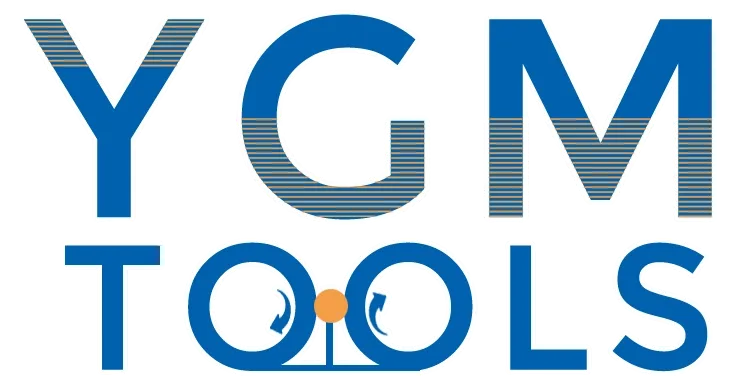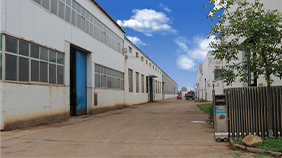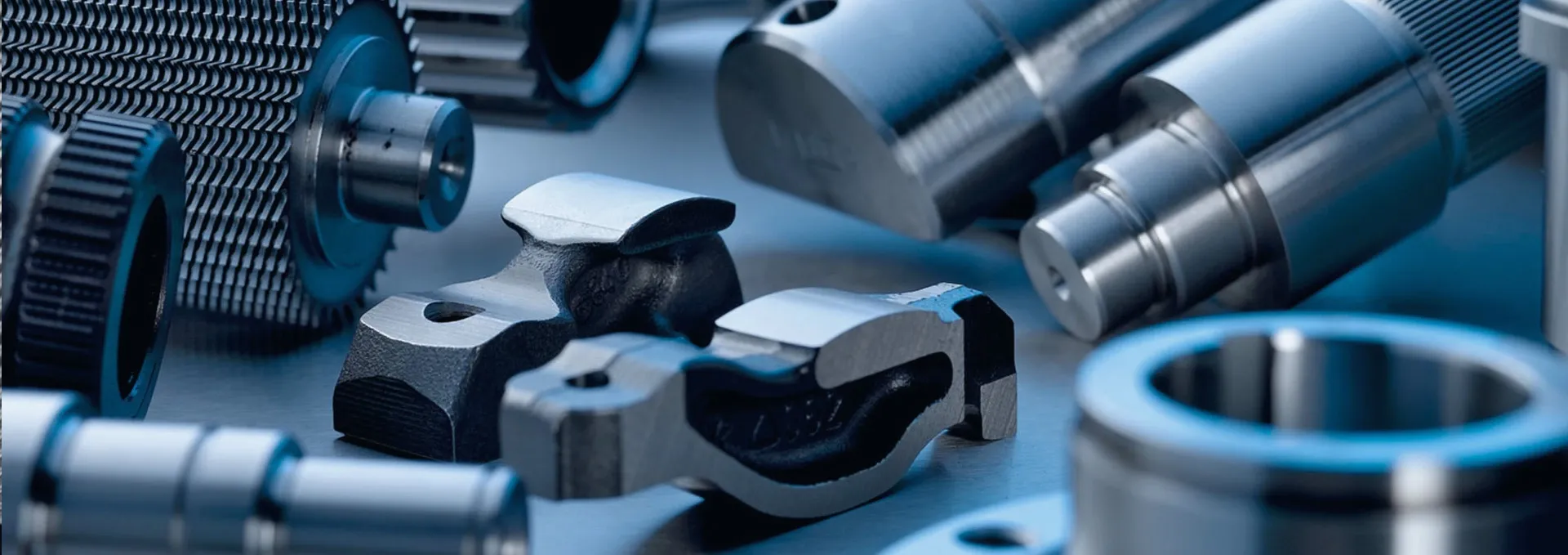
-
 Afrikaans
Afrikaans -
 Albanian
Albanian -
 Amharic
Amharic -
 Arabic
Arabic -
 Armenian
Armenian -
 Azerbaijani
Azerbaijani -
 Basque
Basque -
 Belarusian
Belarusian -
 Bengali
Bengali -
 Bosnian
Bosnian -
 Bulgarian
Bulgarian -
 Catalan
Catalan -
 Cebuano
Cebuano -
 Corsican
Corsican -
 Croatian
Croatian -
 Czech
Czech -
 Danish
Danish -
 Dutch
Dutch -
 English
English -
 Esperanto
Esperanto -
 Estonian
Estonian -
 Finnish
Finnish -
 French
French -
 Frisian
Frisian -
 Galician
Galician -
 Georgian
Georgian -
 German
German -
 Greek
Greek -
 Gujarati
Gujarati -
 Haitian Creole
Haitian Creole -
 hausa
hausa -
 hawaiian
hawaiian -
 Hebrew
Hebrew -
 Hindi
Hindi -
 Miao
Miao -
 Hungarian
Hungarian -
 Icelandic
Icelandic -
 igbo
igbo -
 Indonesian
Indonesian -
 irish
irish -
 Italian
Italian -
 Japanese
Japanese -
 Javanese
Javanese -
 Kannada
Kannada -
 kazakh
kazakh -
 Khmer
Khmer -
 Rwandese
Rwandese -
 Korean
Korean -
 Kurdish
Kurdish -
 Kyrgyz
Kyrgyz -
 Lao
Lao -
 Latin
Latin -
 Latvian
Latvian -
 Lithuanian
Lithuanian -
 Luxembourgish
Luxembourgish -
 Macedonian
Macedonian -
 Malgashi
Malgashi -
 Malay
Malay -
 Malayalam
Malayalam -
 Maltese
Maltese -
 Maori
Maori -
 Marathi
Marathi -
 Mongolian
Mongolian -
 Myanmar
Myanmar -
 Nepali
Nepali -
 Norwegian
Norwegian -
 Norwegian
Norwegian -
 Occitan
Occitan -
 Pashto
Pashto -
 Persian
Persian -
 Polish
Polish -
 Portuguese
Portuguese -
 Punjabi
Punjabi -
 Romanian
Romanian -
 Russian
Russian -
 Samoan
Samoan -
 Scottish Gaelic
Scottish Gaelic -
 Serbian
Serbian -
 Sesotho
Sesotho -
 Shona
Shona -
 Sindhi
Sindhi -
 Sinhala
Sinhala -
 Slovak
Slovak -
 Slovenian
Slovenian -
 Somali
Somali -
 Spanish
Spanish -
 Sundanese
Sundanese -
 Swahili
Swahili -
 Swedish
Swedish -
 Tagalog
Tagalog -
 Tajik
Tajik -
 Tamil
Tamil -
 Tatar
Tatar -
 Telugu
Telugu -
 Thai
Thai -
 Turkish
Turkish -
 Turkmen
Turkmen -
 Ukrainian
Ukrainian -
 Urdu
Urdu -
 Uighur
Uighur -
 Uzbek
Uzbek -
 Vietnamese
Vietnamese -
 Welsh
Welsh -
 Bantu
Bantu -
 Yiddish
Yiddish -
 Yoruba
Yoruba -
 Zulu
Zulu
Setting Up an OEM Thread Rolling Machine for Efficient Production
Setting Up an OEM Thread Rolling Machine A Comprehensive Guide
The world of manufacturing has continuously evolved with technological advancements, one notable innovation being the OEM (Original Equipment Manufacturer) thread rolling machine. These machines play a crucial role in the metalworking industry, allowing manufacturers to produce high-strength threads efficiently. However, the successful operation of a thread rolling machine relies significantly on its setup. In this article, we will delve into the essential steps for setting up an OEM thread rolling machine to ensure optimal performance and product quality.
Understanding Thread Rolling
Thread rolling is a cold-forming process that produces threads on cylindrical workpieces by deforming the material instead of cutting it. This method offers numerous advantages, including improved thread strength, superior surface finish, and higher production rates. The quality of the final product is directly influenced by the machine setup. Therefore, understanding how to configure the OEM thread rolling machine effectively is paramount.
Step 1 Preparing the Machine
Before commencing the setup process, it's crucial to ensure that the machine is in good working condition. Start by cleaning the machine thoroughly to remove any residual oils or debris from previous machining operations. Inspect critical components such as rollers, gears, and bearings for wear and tear. Regular maintenance checks are essential to avoid unexpected downtimes during production.
Following this, the machine should be mounted securely on a stable foundation to minimize vibrations during operation. Accurately level the machine using a spirit level to ensure uniform pressure across the workpiece during the rolling process.
Step 2 Selecting the Right Tools and Materials
Choosing the correct tooling is vital for achieving the desired thread specifications. OEM thread rolling machines typically use cylindrical or flat die threads. The selection depends on the thread profile and material being used. For instance, if you're rolling steel, selecting high-speed steel (HSS) or carbide dies that can withstand high-pressure conditions would be appropriate. Ensure that the dies are compatible with the machine model.
After selecting the right tools, gather the workpieces for threading. It's essential to consider the material type, as different metals offer varying levels of malleability and work hardening. Brass, aluminum, and certain grades of steel, for instance, are commonly used materials in thread rolling due to their favorable properties.
oem thread rolling machine setup

Step 3 Configuring the Machine Settings
With everything in place, it’s time to set the machine's parameters. Adjust the speed, feed rate, and pressure according to the thread specifications and the material type. Generally, slower speeds are preferable for harder materials, while softer materials can be processed at higher speeds.
Moreover, the feed rate should be adjusted to ensure that the material is fed uniformly into the rolling dies. Incorrect feed rates can lead to defective threads, such as inconsistencies in depth or width. A good rule of thumb is to start with moderate settings and make adjustments as needed based on the initial output quality.
Step 4 Conducting a Test Run
Before commencing full-scale production, a test run is recommended to evaluate the setup. Use a sample workpiece to observe the machine’s performance. Check the rolled thread for consistency, uniformity, and adherence to specified dimensions. This trial run will help identify any adjustments needed in settings or tooling to optimize the process.
Step 5 Fine-tuning the Setup
After the test run, carefully analyze the results. If any discrepancies are detected, make the necessary adjustments to the machine settings or the tooling. Fine-tuning might involve changing the die position, readjusting the feed rate, or even replacing worn tooling. Continuous monitoring during the initial production runs is essential to maintain quality.
Conclusion
Setting up an OEM thread rolling machine requires careful preparation and thorough understanding of the process. By following the steps outlined above, manufacturers can achieve efficient operations that result in high-quality threaded components. A well-executed setup not only enhances productivity but also contributes to the overall success of the manufacturing process. Always remember that patience and precision during the setup phase yield great dividends in production efficiency and product quality.
